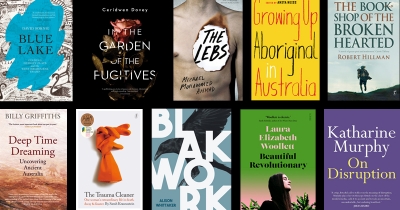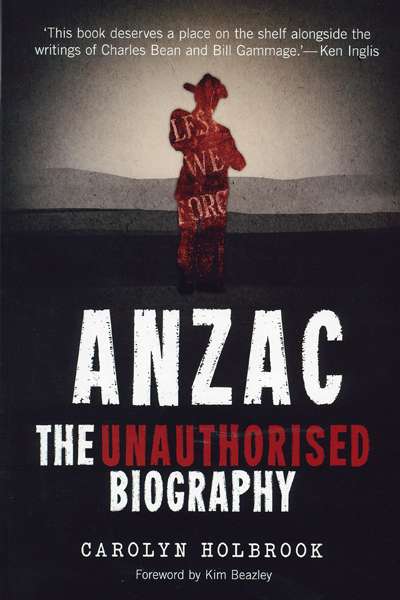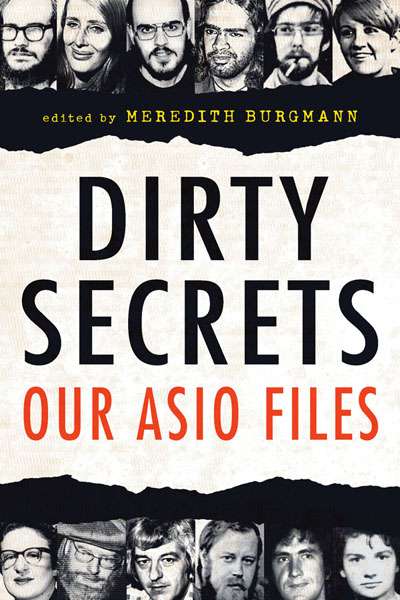NewSouth
To complement our ‘Books of the Year’ feature, which appeared in the December 2018 issue, we invited some senior publishers to nominate their favourite books of 2018 – all published by other companies.
... (read more)The Best Australian Science Writing 2018 edited by edited by John Pickrell
by Paul Humphries •
Populism Now!: The case for progressive populism by David McKnight
by Matteo Bonotti •
To complement our 2017 ‘Books of the Year’, we invited several senior publishers to nominate their favourite books – all published by other companies.
... (read more)A Forger’s Progress: The life of Francis Greenway by Alasdair McGregor
by Paul Brunton •
A History of the Modern Australian University by Hannah Forsyth
by Colin Steele •
The Europeans in Australia: Volume 3: Nation by Alan Atkinson
by Mark McKenna •









